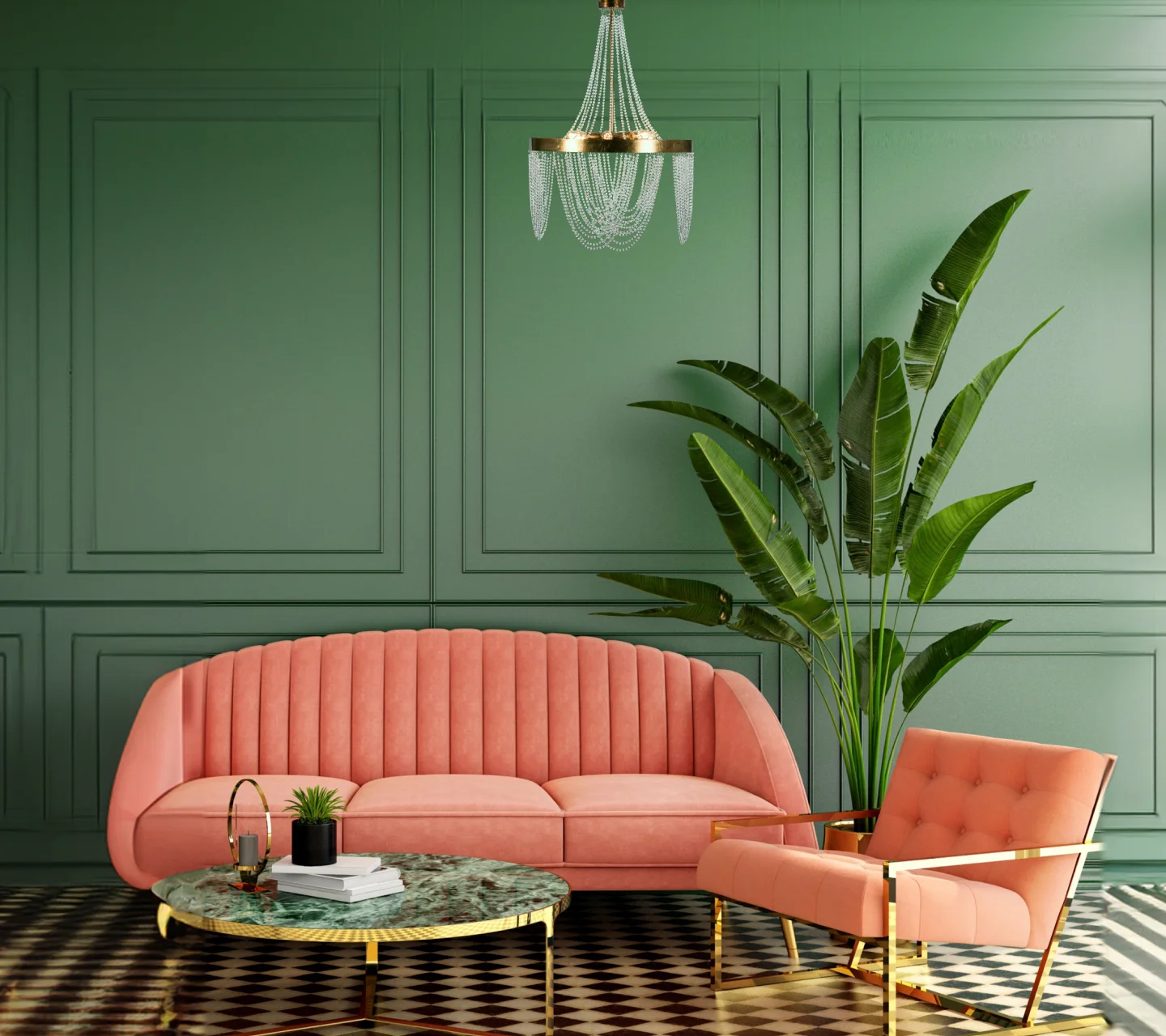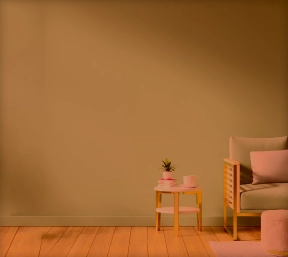- The Art of Wood Finishing & More
- Types of Wood
- Characters of Woods
- Difference between Wood Paints and Finishes
- Types of Wood Finishes
- Types of Paint Woods
- Wood Preparation
- Wood Finish Application Techniques
- Common Problems & Their Solutions
- Importance of Wood Finishes
- How can Asian Paints help you with Wood Finishes & Wood Painting?
Mastering Wood Finishes
The Art of Wood Finishing & More
When decorating our house or giving it a modern touch we always turn to wooden furniture, wooden decor or more. The beauty of wood transcends everything, it has this magical way of making a place look stunning, right? Whether it's the cosy vibe of wooden floors or the cool rustic feel of cedar walls, wood just adds this timeless beauty to our homes. But guess what? We're just scratching the surface! There are a lot of things that we are yet to learn, from the types of woods - hard woods (solid woods) and soft woods to wood finishes that make your home a wooden haven, so in this guide let’s explore and learn more.
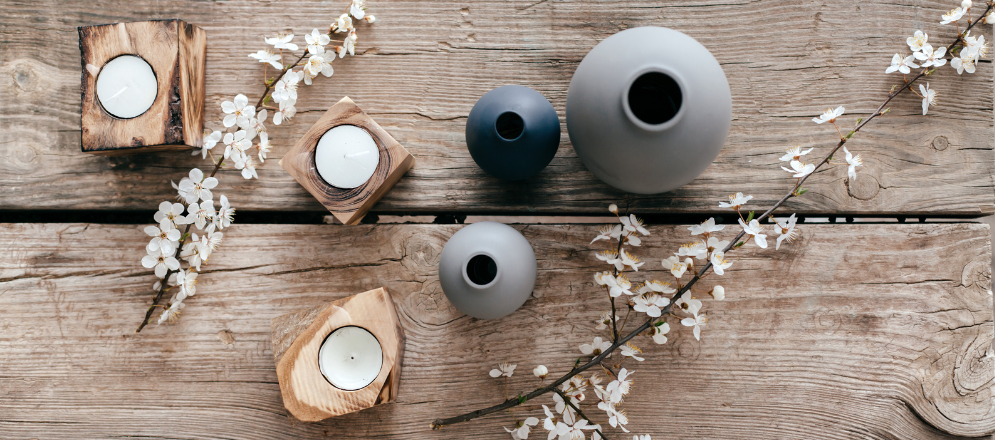
Types of Wood
When it comes to house interiors and exteriors, the choice of wood is crucial in determining the overall aesthetics, durability, and functionality. There are different kinds of wood but the two commonly used are hard woods (solid woods) and soft woods. Softwoods are popular choices for house interiors, providing warmth and rustic charm. On the other hand, hardwoods are often utilized for high-end finishes and add elegance to both interior and exterior spaces.
When it comes to choosing it’s important to select the right type of wood from the two options, the soft and hard woods, as it can enhance the visual appeal, provide structural integrity, and ensure longevity. So let’s delve into the two types of wood, soft and hard woods, to get a better understanding of which fits your requirements -
1. Hardwoods
Hardwoods are the kinds of wood that originate from deciduous trees, which shed their leaves annually. They are known for their wood qualities of durability, strength, and natural beauty. Hardwoods include popular species such as oak, maple, and mahogany, offering a wide range of grain patterns, colours, and characteristics. These woods are commonly used in furniture making, flooring, cabinetry, and other high-quality woodworking projects.
Each hardwood has different qualities and here is how these different kinds of wood can be distinguished -
a. Oak
Oak is a popular hardwood known for its strength and durability. It has a distinct grain pattern and comes in various types, including red oak and white oak. Oak is commonly used for furniture, flooring, and cabinetry due to its resistance to wear and tear.
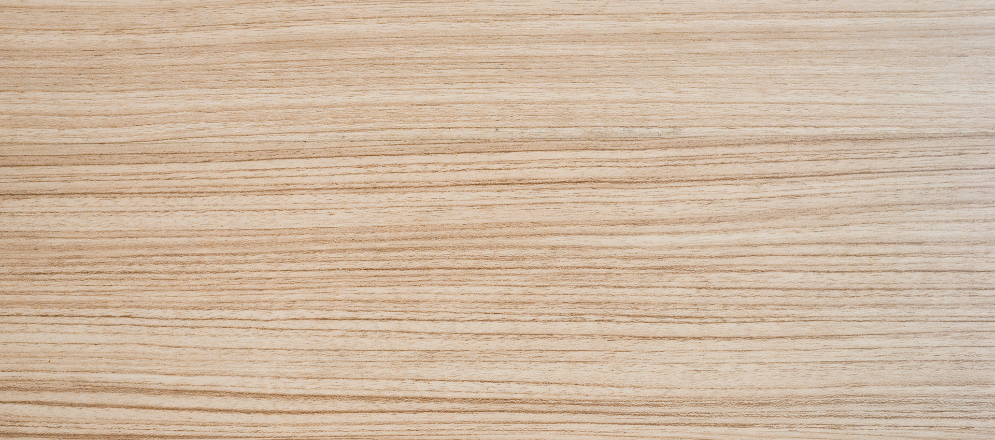
b. Maple
Maple is another hardwood with a light colour and a smooth, uniform grain. It is highly valued for its versatility and is commonly used for flooring and cabinets. Maple wood is also known for its ability to take stains and finishes well, allowing for a variety of aesthetic options.
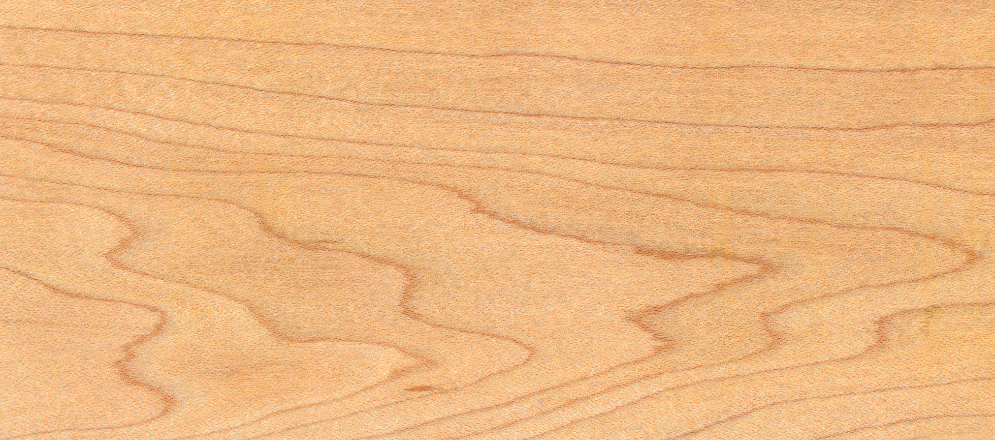
c. Mahogany
Mahogany is a luxurious hardwood known for its rich, deep reddish-brown colour and straight grain. It is highly sought after for high-end furniture and decorative accents. Mahogany is also known for its stability and resistance to shrinking and warping, making it a preferred choice for fine woodworking projects.
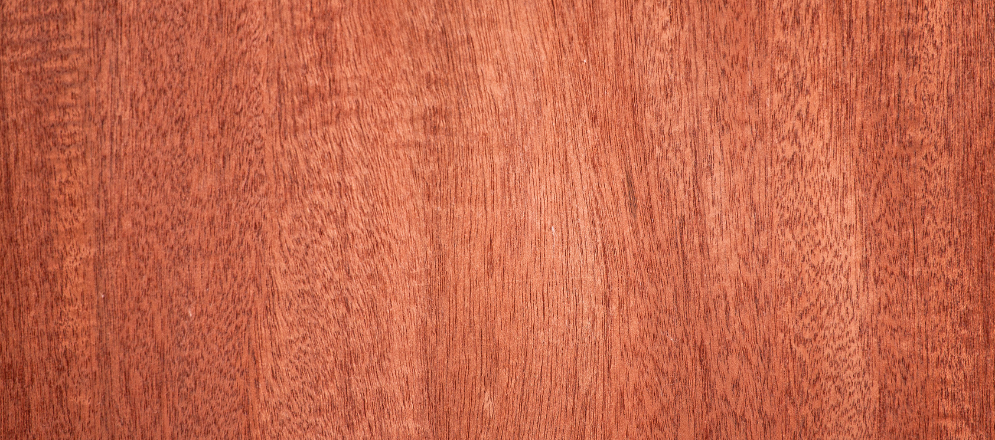
2. Softwoods
Softwoods are the kinds of wood that originate from coniferous trees, which are evergreen and have needle-like leaves. Softwoods are known for their lightness, versatility, and ease of workability. Some of the common softwood species include pine, cedar, and redwood, they are often used in construction, outdoor projects, and crafting due to their affordability and natural resistance to decay and insects.
Here’s a little bit more about the different kinds of softwood that can be used for your home projects -
a. Pine
Pine is a widely available softwood that is affordable and easy to work with. It has a pale yellow colour and can be stained or painted to suit different aesthetics. Pine is commonly used for interior trim, furniture, and framing in construction.
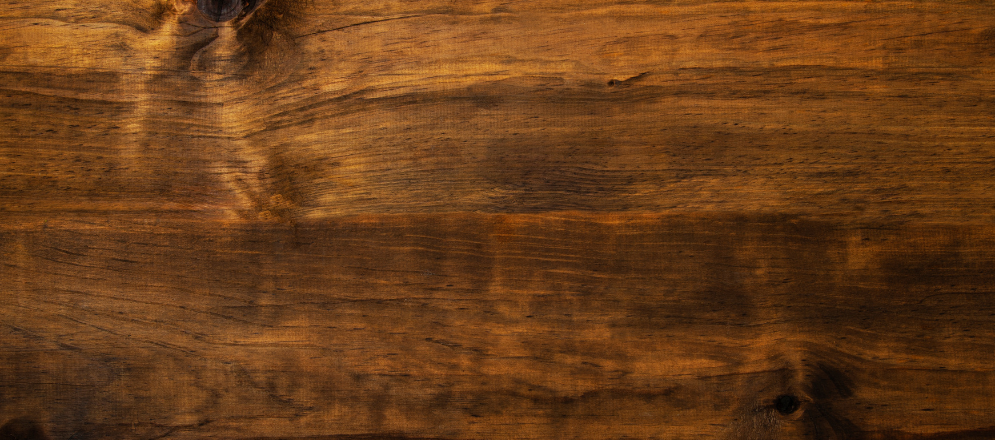
b. Cedar
Cedar is a softwood known for its natural beauty and aromatic scent. It has excellent durability and resistance to moisture, rot, and insects. Cedar is often used for outdoor applications such as decking, siding, and fencing, as well as for furniture and decorative items.

c. Redwood
Redwood is a highly prized softwood known for its rich reddish-brown colour and resistance to decay. It is commonly used for outdoor projects such as decking and garden furniture. Redwood is valued for its natural beauty and longevity, making it a sustainable choice for exterior applications.
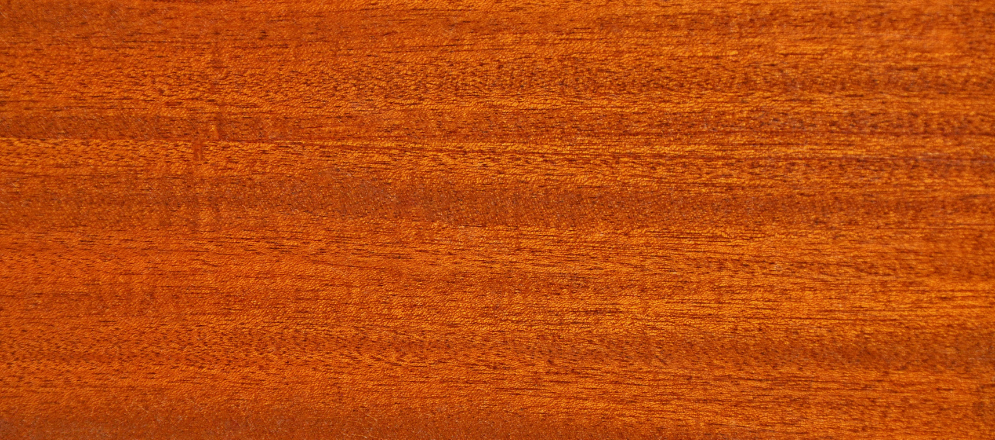
Characters of Woods
Wood characteristics help set the aesthetic tone of any house. The rich colour variations, unique wood grain patterns, and textures of different wood species create a visual feast for the eyes. Whether it's the warm hues of oak or the deep reddish-brown tones of mahogany, each wood type brings its personality to the space. So let’s learn about each of their their characteristics
1. Grain Patterns
Grain patterns in wood add an extra layer of intrigue and beauty to any piece or space. Wood grain patterns bring depth and character to furniture, flooring, and other wooden elements, making every piece truly one-of-a-kind. Here are the types of woodgrain patterns -
a. Straight Grain
Straight grain, is characterized by parallel lines. This pattern offers a sense of balance and uniformity, creating a clean and modern aesthetic. This type of woodgrain has a timeless appeal, used to infuse your home with a touch of refined elegance.
b. Spiral Grain
Spiral grain showcases mesmerizing twists and turns, creating a dynamic and eye-catching effect. Use this pattern to captivate your senses and create a conversation-worthy focal point in your home.
c. Interlocked Grain
This type of wood grain texture has fibres that intertwine like puzzle pieces, creating a visually stunning effect. It exudes a sense of complexity and sophistication, making each piece of wood truly one-of-a-kind.
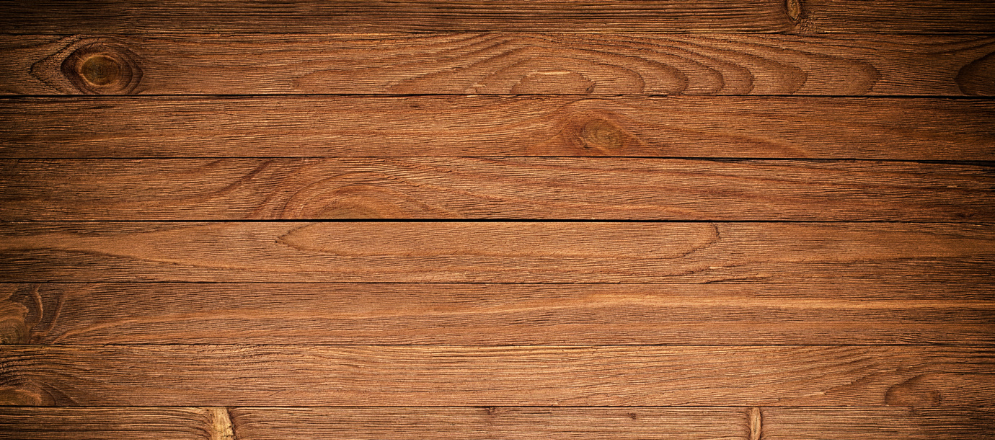
2. Porosity
Understanding wood porosity is crucial for effective finishing. Beyond surface textures, the porosity of wood influences how it absorbs stains and finishes. There are two types of wood qualities when it comes to porosity - Open grain and Closed grain. The wood qualities in porosity ensure proper finishing techniques for optimal results and longevity.
a. Open Grain
Open-grain woods, like oak or mahogany, feature distinctive pores that create a textured appearance. This type of wood is ideal for rustic interiors and exteriors, open-grain woods add character to furniture, flooring, and outdoor structures, providing a visually appealing and tactile experience.
b. Closed Grain
Closed-grain woods, such as maple or cherry, have finer, less noticeable pores. This smooth surface is suitable for contemporary interiors and exteriors, offering a sleek, polished look. Closed-grain woods are often chosen for furniture, cabinets, and indoor panelling, providing a refined and elegant finish.
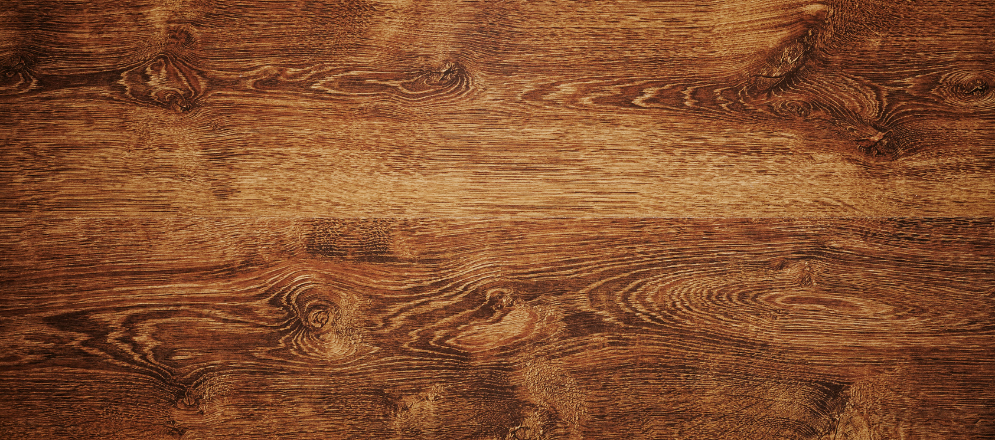
3. Knots and Imperfections
Just like pores and grain patterns, knots and imperfections in the wood are not flaws but intricate details that tell a story. These natural features, like knots, add character and texture to surfaces, creating a unique visual narrative. Incorporating these elements into design work transforms spaces, providing a rustic charm indoors and an organic authenticity to outdoor settings. Here are the types of knots -
a. Dead Knots
These wood knot forms from dead branches, these knots are solid and stable, adding character to the wood while influencing its strength. Dead knots, found in various wood species, showcase the tree's history and contribute to the overall appeal of wooden surfaces.
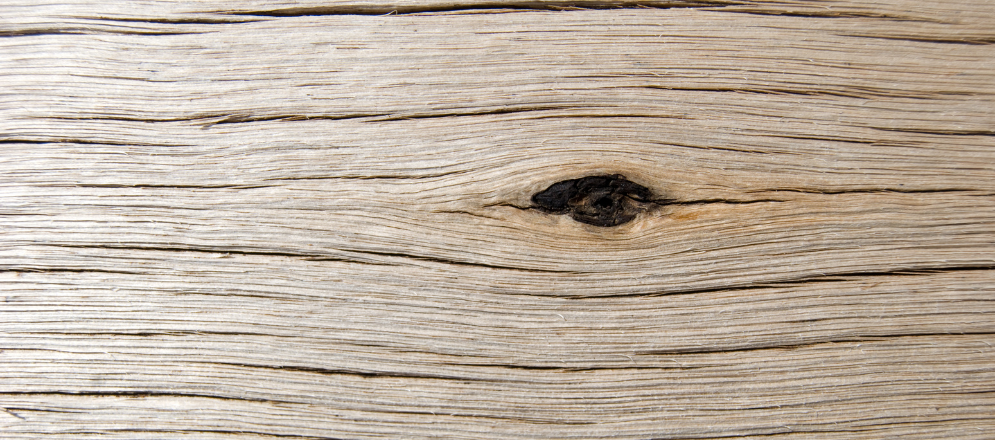
b. Live Knots
These wood knots are formed around living branches, live knots contain resin and may change over time. These knots, common in softwoods like pine, infuse warmth and character into wood projects. They can be aesthetically pleasing but require attention to prevent resin bleeding.
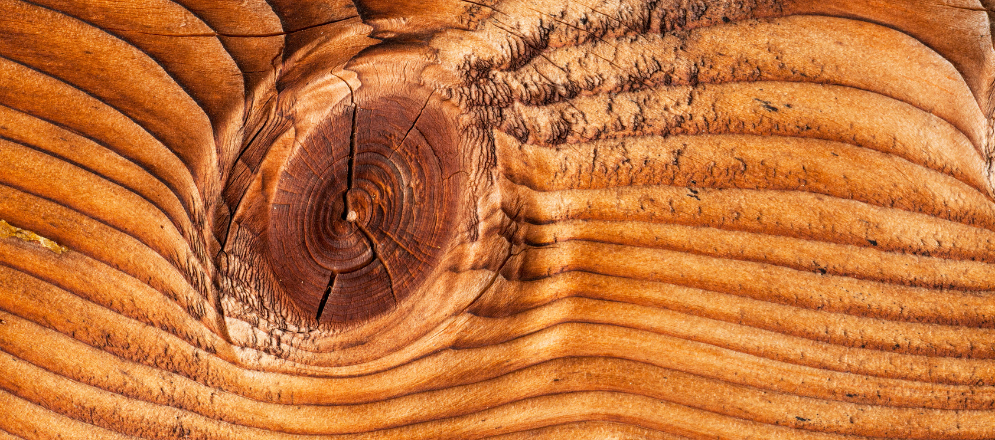
c. Bark Pockets
Bark pockets occur when bark becomes enclosed in growing wood, leaving voids in the material. Common in hardwoods like oak, they create unique patterns and textures.
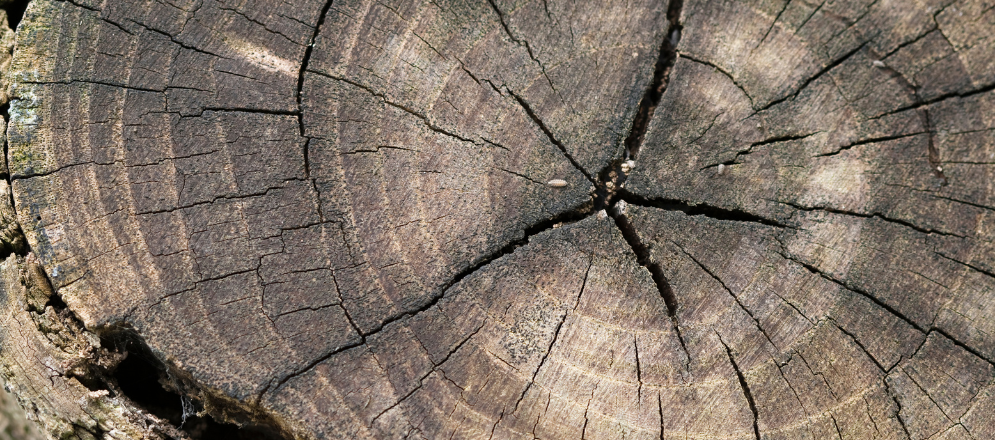
Difference between Wood Paints and Finishes
The key distinction between a wood finish and a wood paint lies in their purpose and application. A wood finish paint, such as varnish, lacquer, or oil, is designed to enhance and protect the natural beauty of wood. On the other hand, finishing paint for wood is applied to create a coloured or opaque layer on the wood surface, providing both aesthetic appeal and protection. While both serve protective roles, a wood finish emphasizes preserving the wood's original look, while finishing paint for wood adds colour and conceals the natural grain.
What is Wood Finish?
Wood finish paint refers to the final coating or treatment applied to wooden surfaces to enhance their appearance, protect them from damage, and preserve their natural beauty. It helps to seal the wood, preventing moisture absorption and reducing the risk of warping, cracking, or fading. Wood finishes can also provide a smooth and polished surface that is pleasing to the touch.
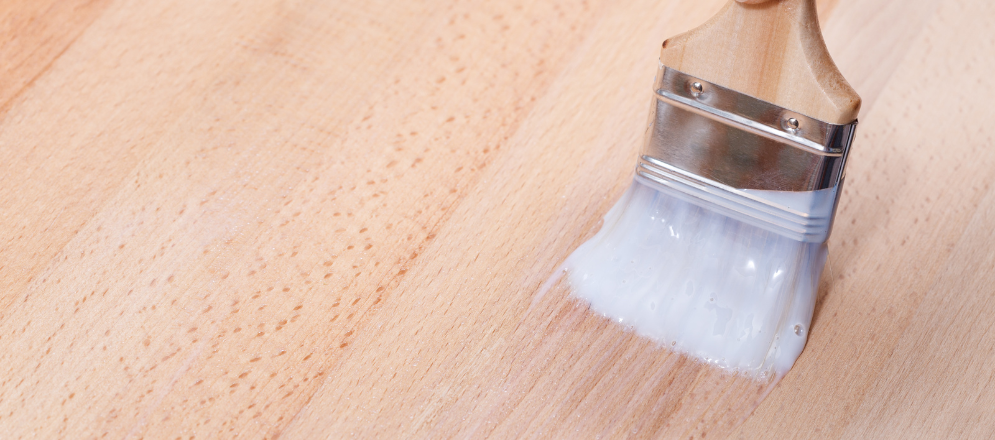
What is Wood Paint?
Wood paint, also known as wood coating or wood enamel, refers to types of wood finish paint that combine pigments with a binder to create a coloured film on wooden surfaces. Unlike wood stains that penetrate the wood, paint forms a protective layer on top of the wood, offering both aesthetic appeal and protection.
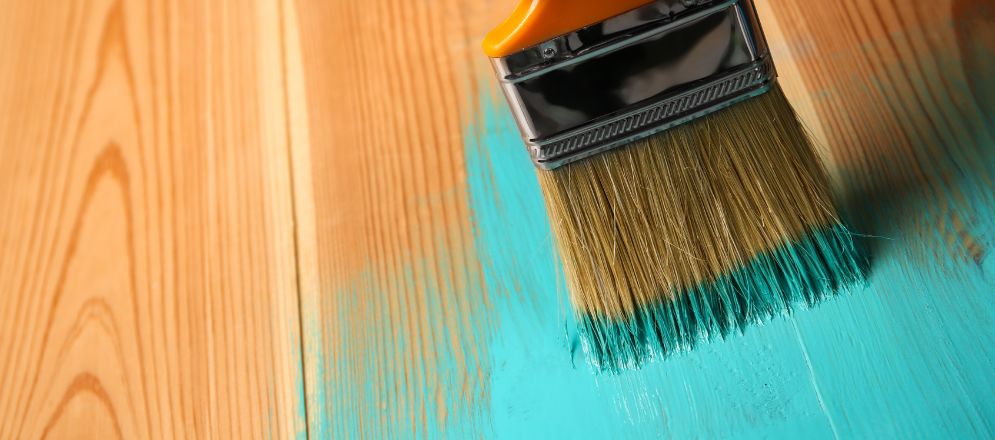
Types of Wood Finishes
1. Penetrating Finishes
Among the various types of wood finishes the popular choice when it comes to enhancing and protecting wood surfaces is Penetrating finishes. They penetrate deep into the wood fibres, providing a durable and long-lasting finish. Let's take a closer look at two common types of penetrating finishes: oil finishes and wax finishes.
a. Oil Finishes
Oil finishes or wood oil polish are typically made from natural oils, such as linseed oil, teak oil or tung oil. These wood oil polish or finishes enhance the natural beauty of wood by enriching its colour and bringing out grain patterns. They also give the wood a smooth, natural-looking finish and can be also used as polished wood for veneer. So let’s understand the uses of each of the oil finishes -
i. Linseed Oil
Linseed oil for wood is derived from flaxseeds and has been used as a wood finish for centuries. It enhances the natural beauty of wood by adding depth and richness to the grain. Linseed oil for wood dries slowly, which allows it to penetrate deeply into the wood and provides moderate protection against moisture and wear.
ii. Tung Oil
Tung oil is extracted from the nuts of the tung tree. It is known for its excellent durability and water resistance. Tung oil creates a hard and protective finish that enhances the natural beauty of wood. It dries faster than linseed oil and provides a glossy appearance. Tung oil is a popular choice for outdoor furniture and other items exposed to moisture.
iii. Danish Oil
Danish oil is a blend of various oils, such as linseed oil, tung oil, and varnish. It offers a combination of easy application, fast drying, and good durability. Danish oil penetrates the wood, bringing out its natural colour and grain patterns. It provides a satin finish and offers moderate protection against moisture and stains.
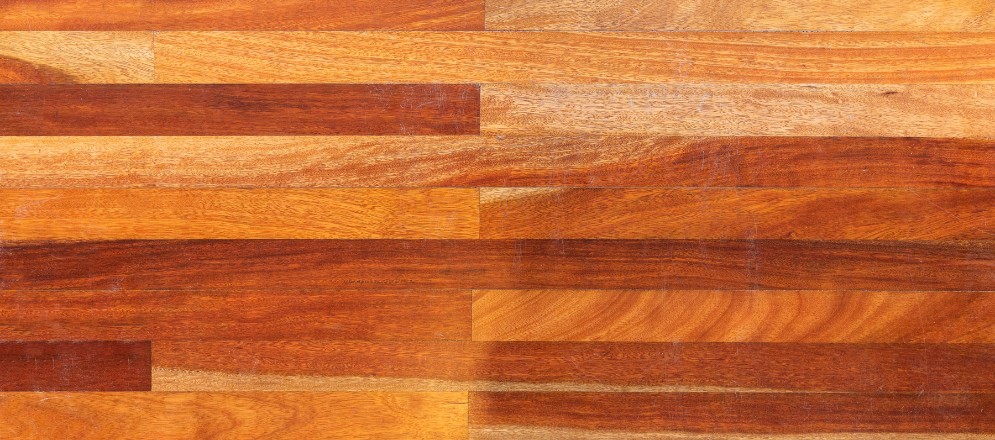
b. Wax Finishes
Wax finishes, as the name suggests, consist of natural waxes, such as beeswax or carnauba wax. Wood Wax finishes are typically applied over an existing finish, such as an oil finish, to provide additional protection and sheen. Here are two of the wood wax finishes:
i. Beeswax Finish
Beeswax is a natural woodworking wax produced by bees. It is often mixed with other ingredients, such as mineral oil or turpentine, to create a wood finish. Beeswax wood polish offers a warm and soft sheen to wood surfaces while providing a protective layer against moisture. It is easy to apply and has a pleasant scent. This act as a polish for various purposes such as furniture polish with beeswax or polish for hardwood floor to give the floors a shine.
ii. Carnauba Wax Finish
Carnauba wax is a type of woodworking wax derived from the leaves of the carnauba palm tree. It is known for its hardness, high melting point, and excellent shine. Carnauba wax is often used as an ingredient in furniture polishes and wood finishes. It provides a glossy and durable finish while offering some water resistance.
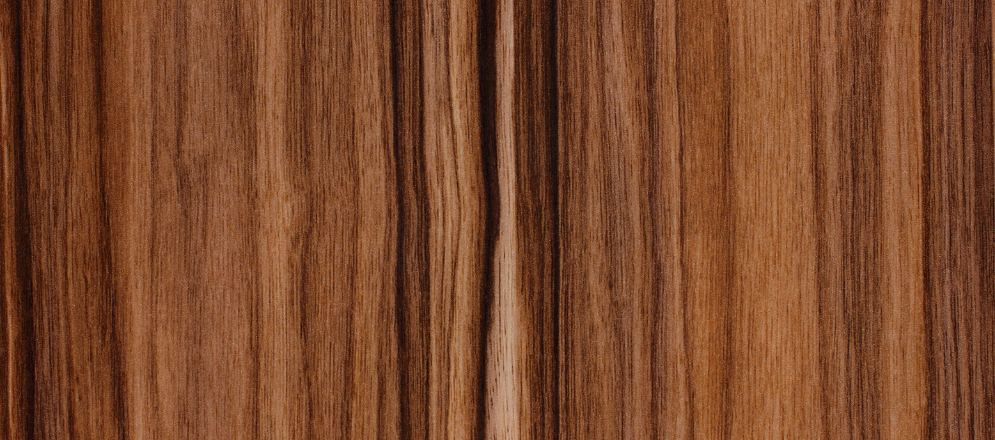
When choosing between oil finishes and wax finishes, consider the level of protection required, the desired appearance, and the specific characteristics of the wood you are working with. It's also possible to combine both finishes for a custom look and enhanced durability.
2. Surface Finishes
Surface finishes play a crucial role in acting as a coating for wood, protecting and enhancing the appearance of wood surfaces. There are various types of surface finishes available, each with its unique characteristics and benefits. Let's explore some common types of surface finishes -
a. Varnishing
Varnish paint for wood is a popular surface finish known for its durability and protective qualities. Varnish paint for wood creates a hard and glossy film on the wood surface, shielding it from moisture, scratches, and UV damage. There are two common varnish types -
i. Polyurethane Varnishing
Polyurethane varnishing is a versatile and widely used finish. It is available in both oil-based and water-based formulations. Oil-based polyurethane wood varnish offers superior durability and a warm amber hue when dry. Water-based polyurethane wood varnish dries faster, has a low odour, and is more environmentally friendly. Polyurethane coating for wood is commonly used for indoor furniture, cabinets, and flooring.
ii. Spar Varnishing
Spar varnishing is specifically designed for exterior use, making it an excellent choice for outdoor furniture, boat decks, or other wooden structures exposed to harsh weather conditions. This wood varnish provides enhanced protection against moisture, UV rays, and temperature fluctuations. Making it an excellent choice for wooden surfaces exposed to the elements, such as exterior doors, window frames, and outdoor furniture.
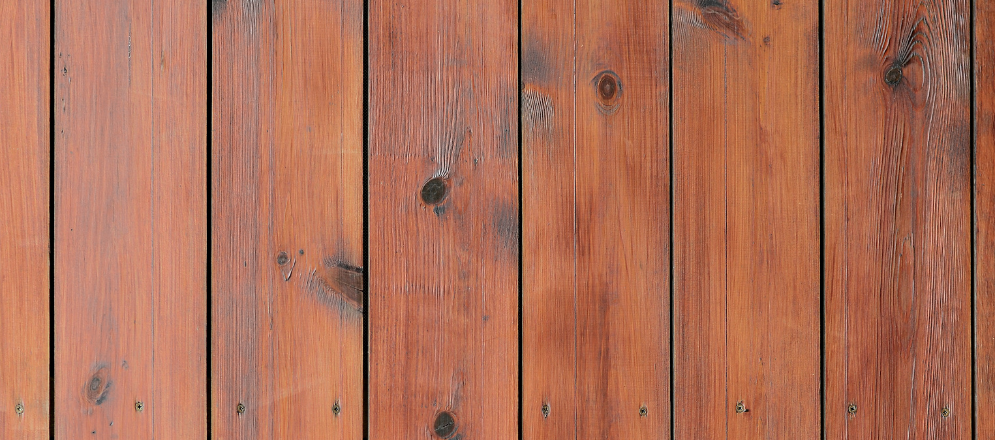
b. Shellac
Shellac is a traditional and versatile surface finish derived from the secretions of the lac bug. It offers a beautiful and natural appearance to wood surfaces. Two common types of shellac are:
i. Blonde Shellac
Blonde shellac is the most commonly used type of shellac. It provides a light and golden hue to the wood, enhancing its natural colour. It is often used as a sealant or primer before applying other finishes.
ii. Dewaxed Shellac
Dewaxed shellac is shellac that has been processed to remove the naturally occurring wax content. This type of shellac is preferred when using other finishes, such as polyurethane or varnish, on top of the shellac layer.
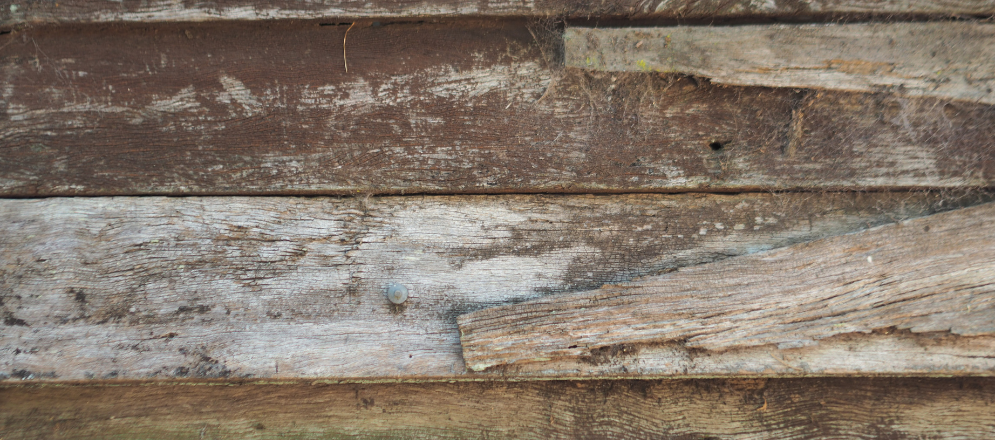
c. Lacquer
Wood Lacquer is a fast-drying and durable surface finish that provides a smooth and glossy appearance. It offers excellent clarity, highlighting the natural beauty of the wood grain. Two common types of lacquer are -
i. Nitrocellulose Lacquer
Nitrocellulose lacquer is a solvent-based finish known for its quick drying time and excellent durability. This wood lacquer finish can be easily applied using spray equipment or a brush.
ii. Water-based Lacquer
Water-based lacquer is an environmentally friendly alternative to solvent-based lacquers. It dries quickly, has a low odour, and is easy to clean up. Water-based wood lacquer finish offers good durability and clarity.
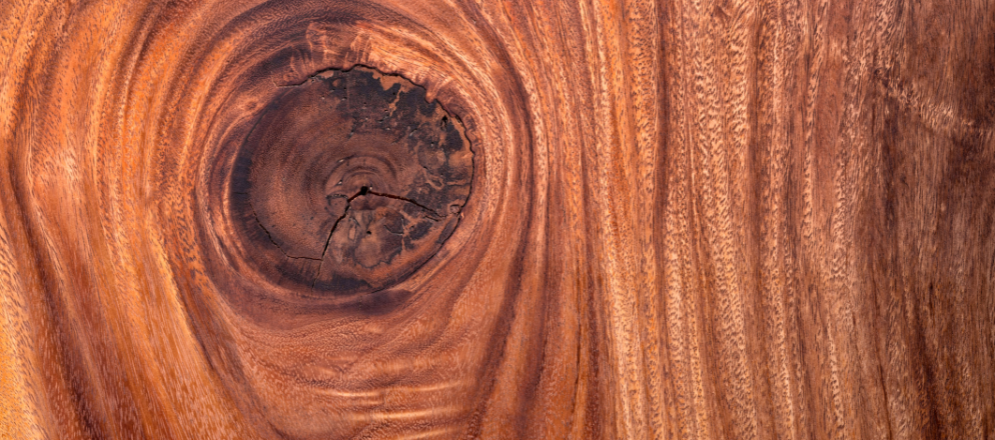
d. Polyurethane
Polyurethane is a popular surface finish known for its exceptional durability and protective qualities. It forms a hard and resilient film on the wood surface, offering excellent resistance to moisture, scratches, and chemicals. Two common types of polyurethane wood finishes are:
i. Oil-based Polyurethane
Oil-based polyurethane wood finish provides a rich and warm appearance to the wood surface. It is durable and offers good protection. However, it requires longer drying times and has a strong odour during application.
ii. Water-based Polyurethane
Water-based polyurethane is a more environmentally friendly option compared to oil-based polyurethane. It dries faster, has a low odour, and offers similar durability and protection. Water-based polyurethane is ideal for indoor applications.
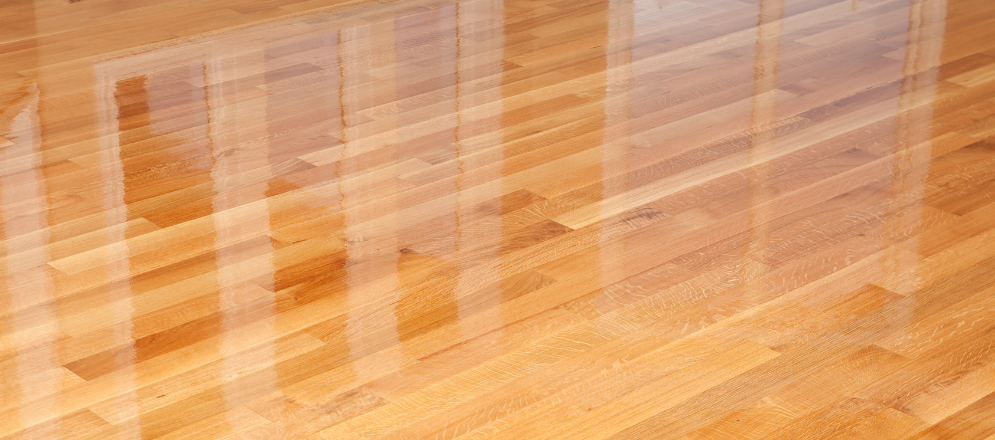
When choosing a surface finish, consider the specific requirements of your project, such as the level of durability needed, the desired appearance, and the environment in which the finished wood will be placed.
3. Specialty Finishes
Wood surfaces have a unique and timeless appeal, but sometimes to enhance their natural beauty or give them a distinctive look, speciality finishes are used. These wooden finish paints offer a range of techniques to stain wood or act as wood dye,
wood whitener, or wood bleach leading to altering the colour, texture, and overall appearance of wood, allowing you to create stunning finishes that complement your style. Let's explore some of the most popular speciality finishes and what they bring to the table.
a. Staining
Staining is a versatile technique that adds depth and richness to wood while preserving its natural grain patterns. By applying a coloured solution to the wood, you can achieve stain wood in various shades and hues, transforming the look of your project. This technique can be used for different wood and purposes such as walnut wood stain, teak wood stain, and more. The two popular types of staining include -
i. Water-based Stains
These stains are environmentally friendly and easy to work with. They dry quickly, allowing for efficient application and less waiting time. Water-based stains come in a wide range of colours like the white stains on wood or black wood stains. Due to this, we have a lot of options when it comes to interior wood stain colours, such as walnut stain, teak wood stain and more.
ii. Gel Stains
Gel stains have a thicker consistency than traditional stains, making them ideal for vertical surfaces or achieving an even colour on uneven wood. They provide excellent coverage and don't drip or run, ensuring a smooth and consistent finish. Gel stains are suitable for both porous and non-porous surfaces, offering versatility in your interior wood stain colour project.

Staining breathes life into your wooden decor, hence it’s always best to choose a quality product and we suggest using Asian Paints WoodTech Wood Stains Interior and WoodTech Wood Stains Exterior to give your wood the perfect look. To find out the wood varnish price you can check out our website or contact our nearest dealer in your area
b. Bleaching
Bleaching wood allows you to lighten its colour, remove stains, or create a weathered appearance. Two common types of wood bleaching include:
i. Oxalic Acid Bleach
This type of bleach is particularly effective in removing water-damage stains, iron stains, or tannin bleeds from wood surfaces. Oxalic acid bleach lightens the wood by removing darker pigments, restoring a more uniform and appealing appearance.
ii. Two-part Wood Bleach
For tougher stains or deep discolouration, a two-part wood bleach is often used. This powerful bleaching agent consists of separate components - the first part lightens the wood, while the second part neutralizes the bleach and stops the bleaching process. Two-part wood bleach is a reliable solution for restoring wood to its original beauty.
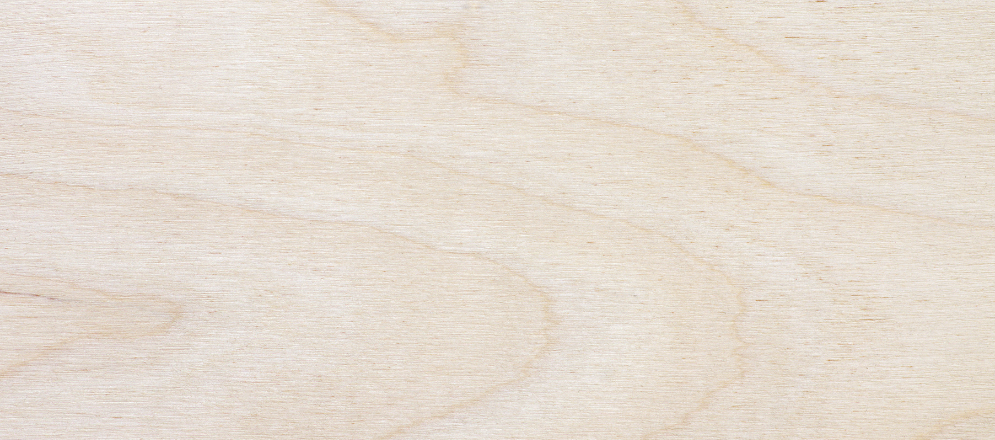
c. Pickling
Pickling is a technique that creates a charming, weathered, or antique look on wood surfaces. It involves applying a white or light-coloured stain to the wood and then wiping off the excess, leaving behind a subtle, washed-out finish. Two popular pickling options are -
i. White Pickling Stain
This type of stain is perfect for achieving a light, airy, and relaxed aesthetic. It's commonly used on materials like pine or oak to create a rustic or farmhouse-style finish. White pickling stain seeps into the wood grain, highlighting its natural texture while giving it a beautiful, weathered appearance.
ii. Liming Wax
Liming wax is an excellent choice for creating a chalky, white finish on open-pore woods. By rubbing a small amount onto the surface and wiping away the excess, you can achieve a vintage or Scandinavian-inspired look. Liming wax not only adds character but also leaves the wood grain visible, enhancing its overall appeal.
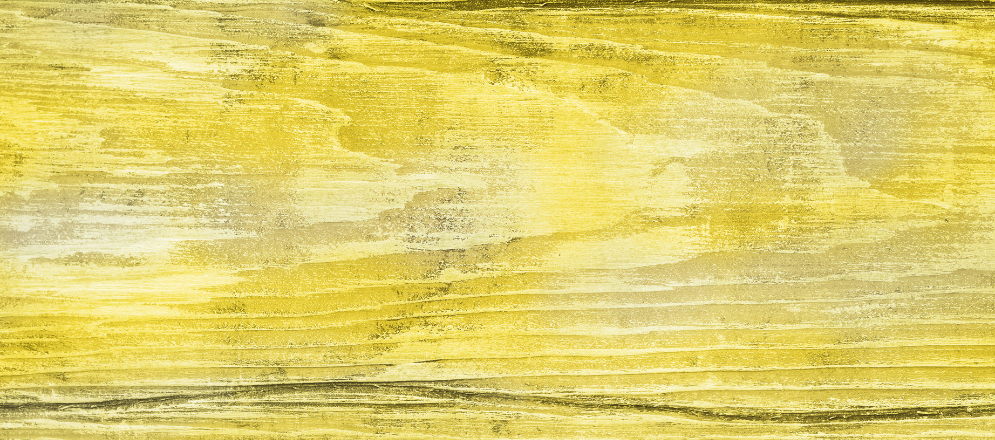
Specialty finishes offer endless possibilities for transforming wood surfaces into unique works of art. Whether you're looking to add depth with staining, lighten the colour with bleaching, or create a weathered charm with pickling, these techniques allow you to explore your creativity and showcase the beauty of wood in new and exciting ways.
Types of Paint Woods
When it comes to wood for painting, selecting the right type of paint is essential to ensure a quality finish. The common categories of polish paint for wood surfaces are latex paint, oil-based paint, acrylic paint and speciality paints. Let's take a closer look at each type that can be used on wood for painting and their variations:
1. Latex Paint
a. Water-based latex
Water-based latex paint is a popular choice for painting wood due to its ease of use and versatility. It consists of water as the primary solvent, making it environmentally friendly and easy to clean up with water. Water-based latex paint dries relatively quickly and has minimal odour.
This type of paint is known for its excellent coverage and durability. It adheres well to wood surfaces and offers good resistance to cracking, peeling, and fading. Water-based latex paint is available in various finishes and colours, making it a perfect choice of latex paint that can be used on wood for painting.
b. Acrylic latex
Acrylic latex paint is a specific type of water-based latex paint that contains acrylic resins. These resins enhance the durability, adhesion, and overall performance of the paint. Acrylic latex paint is particularly suitable for both interior and exterior wood painting surfaces.
Acrylic latex paint provides exceptional colour retention, ensuring that the wood for painting maintains its vibrant appearance over time. It also offers excellent resistance to moisture, weathering, and staining. With a wide range of sheens available, including flat, eggshell, satin, and semi-gloss, acrylic latex paint allows you to achieve the desired level of shine for your wood projects.
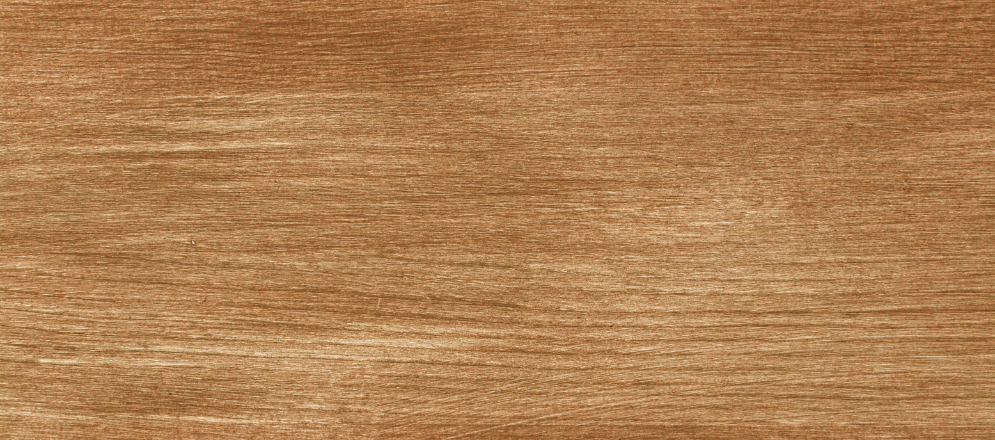
2. Oil-based Paint
a. Traditional oil-based
Traditional oil-based paints have long been used for painting wood surfaces. They contain solvents such as mineral spirits or turpentine, which give them their distinctive odour and slower drying time. Oil-based paints are known for their durability and ability to create a smooth, lustrous finish.
One of the significant advantages of traditional oil-based paint is its exceptional levelling properties. It flows and levels out well during application, resulting in a uniform and professional-looking finish. Oil-based paints provide excellent adhesion to wood surfaces and offer superior protection against wear and tear.
b. Alkyd-based
Alkyd-based paint is a modern alternative to traditional oil-based paint. It combines the durability and levelling properties of an oil-based paint with the faster drying time and reduced odour of latex paint. Alkyd-based paints use a combination of solvents and resins to achieve their desired characteristics.
Alkyd-based paints offer superb adhesion to wood surfaces and provide a smooth and glossy finish. They are highly resistant to moisture, staining, and scuffing, making them suitable for high-traffic areas. Alkyd-based paints come in various sheens, allowing you to achieve your desired level of shine and enhance the visual appeal of your painted wood.
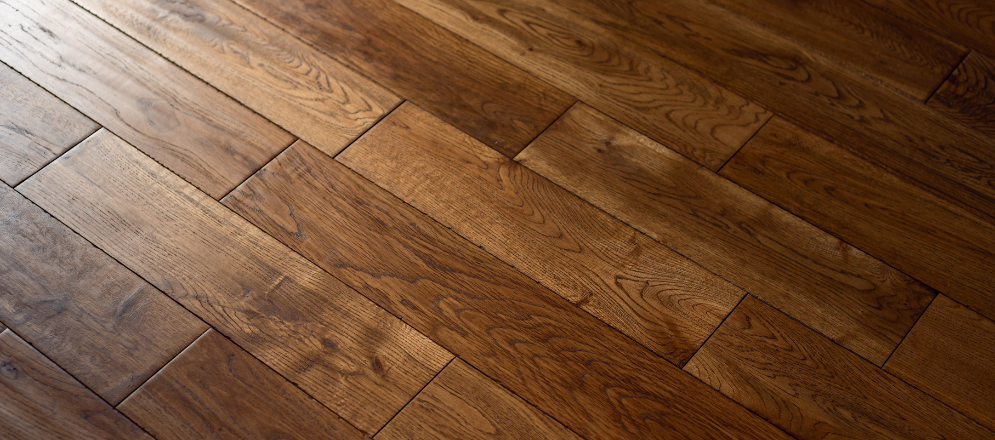
3. Acrylic Paint
Acrylic paint is a versatile and popular choice among artists and DIY enthusiasts for its vibrant colours, flexibility, and ease of use. Additionally, there are various speciality paints available that offer unique effects and finishes to elevate your creative projects. Let's dive into the world of acrylic paint and explore some intriguing speciality paints -
a. Waterborne acrylic
Waterborne acrylic paint is a type of acrylic paint that uses water as its main solvent. It is known for its quick drying time, easy clean-up with water, and low odour. Waterborne acrylic paint provides vibrant colours, excellent coverage, and good adhesion to surfaces including wood, canvas, and paper.
b. Acrylic enamel
Acrylic enamel paint for wood combines the durability of enamel with the versatility of acrylic paint. It offers a smooth, glossy finish and is highly resistant to chipping, peeling, and fading. Acrylic enamel paint is commonly used for painting furniture, metal surfaces, and automotive applications.
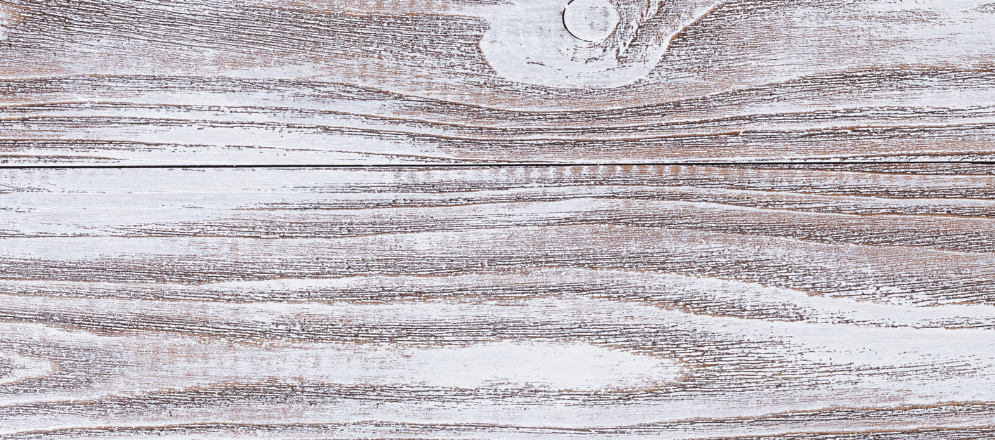
You can explore PU finish paint for wood by Asian Paints, these are acrylic-based paints available in Opaque and Clear coating - WoodTech PU Palette Interior and WoodTech PU Palette Exterior. These PU finish paint for wood can be used as paint for wood furniture and paint for door wood respectively.
4. Specialty Paints
a. Chalk Paint
Chalk paint is a type of paint renowned for its matte, chalky wood texture paint finish that adds a vintage or shabby-chic look to furniture and decor. It adheres well to various surfaces without requiring extensive surface preparation and can be easily distressed or aged for a weathered appearance.
i. Distressing techniques
Distressing techniques involve creating intentional wear and tear on painted surfaces to give them an aged or antique look. This can include sanding, scraping, or using specialized tools to achieve a worn, distressed effect. Distressing techniques are often used in conjunction with wood texture paints to create unique textures and visual interest.
ii. Matte finish
Matte finish paints have a low sheen or no shine at all, offering a smooth, flat appearance. They are commonly used in art, home decor, and craft projects to create a modern or muted aesthetic. Matte finish paints are ideal for minimizing surface imperfections and achieving a soft, non-reflective look.
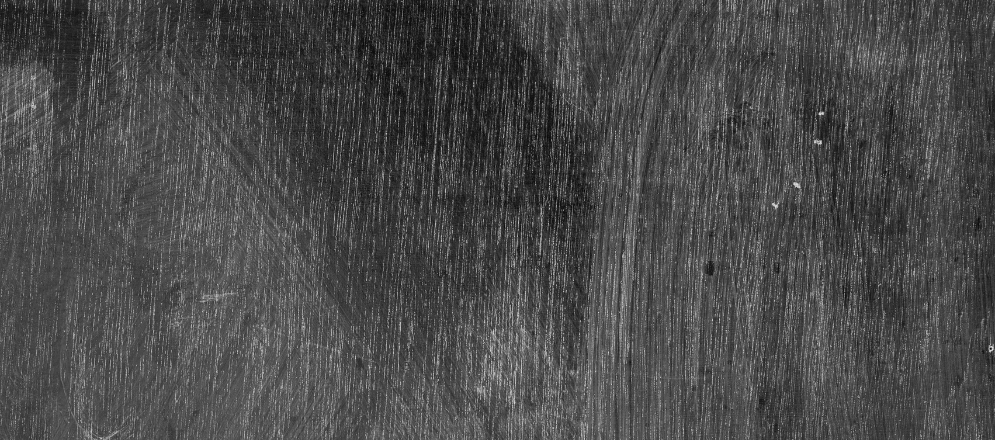
2. Enamel
Enamel paint is known for its high durability and glossy finish. It provides a smooth, hard surface that is resistant to scratches and stains. Enamel paint for wood is frequently used on surfaces, such as furniture and even metal appliances, for a sleek and polished appearance.
a. High-gloss finishes
High-gloss paints offer an intense shine and reflectivity, creating a bold and vibrant look. They are commonly used on surfaces like woodwork, cabinets, and trim to enhance their visual appeal and provide a high-end finish. High-gloss finishes can add a touch of elegance and sophistication to your projects.
b. Heat-resistant options
Heat-resistant paint is specifically formulated to withstand high temperatures without discolouration or damage. This type of paint is suitable for applications such as painting grills, fireplaces, or other heat-emitting surfaces. Heat-resistant paint ensures that your project maintains its appearance and integrity even under extreme temperature conditions.
Wood Preparation
A. Sanding
Whether you're refinishing furniture, repairing a wooden floor, or working on a craft project, sanding plays a crucial role in achieving a professional and polished result. It helps to smooth surfaces, remove imperfections, and prepare them for finishing. For the same purposes, it’s highly important to choose the right sandpaper for sanding wood.
1. Choosing the Right Sandpaper Grit
Sandpaper grit refers to the coarseness or fineness of the abrasive particles embedded in the sandpaper. Different grits serve different purposes, which helps you to have a specific surface outcome during the sanding process.
a. Coarse grit for initial sanding
The coarse-grit sandpaper for sanding wood typically ranges from 40 to 80 grit, which is ideal for initial sanding. This rough grit is designed to quickly remove material, such as paint, dirt, or rough surfaces. It efficiently smoothens rough edges, levels uneven surfaces, and prepares the object for further refinement.
b. Fine grit for smooth finishes
The fine grit sandpaper for wood typically ranges from 120 to 220 grit and beyond, it is perfect for achieving a smooth and polished finish. This kind of sandpaper for wood is used after the initial sanding to refine and smoothen the surface further. It removes any remaining imperfections and prepares the surface for painting, staining, or applying a clear coat by providing a clean and receptive surface.
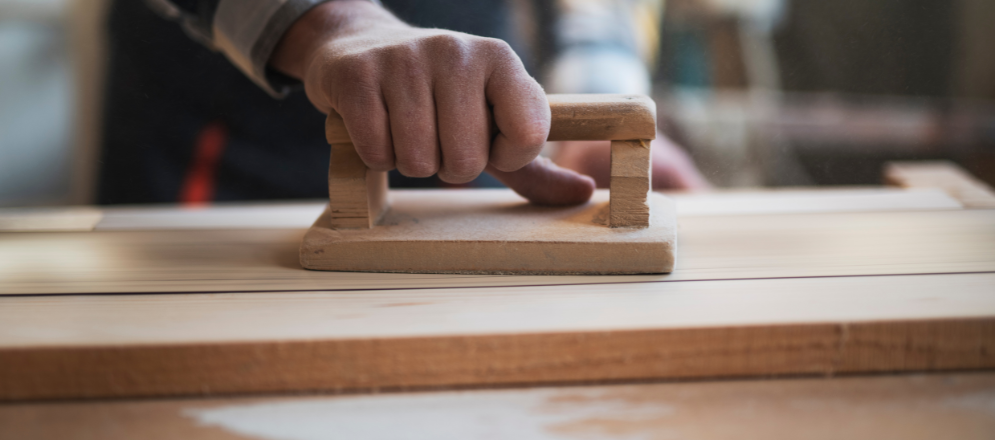
2. Sanding Techniques for a Smooth Finish
When it comes to achieving a smooth and flawless finish, proper sanding techniques play a crucial role in achieving this desired outcome. So here are some pointers you can consider to get a smooth wood surface -
a. Circular motion vs. straight strokes
The Sanding technique can be divided into two - the Circular Motion Technique and the Straight Strokes Technique.
- • The circular technique can be used when working on smaller or more intricate areas, which helps to achieve a smooth surface and prevent visible scratches
- • On the other hand, the straight stroke technique is beneficial for sanding large flat surfaces, such as tabletops or wooden floors, as this ensures an even and consistent finish
b. Importance of consistent pressure
Maintaining consistent pressure while sanding is another crucial factor to consider. Applying excessive pressure may result in uneven sanding, leaving behind deep grooves or uneven surfaces. Conversely, too little pressure can lead to ineffective sanding, prolonging the process unnecessarily. Hence it's important to apply even and moderate pressure throughout the sanding process.
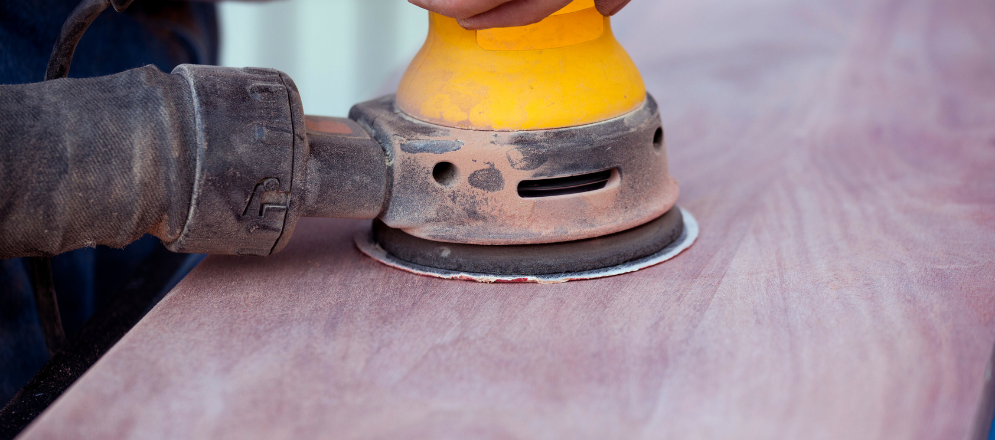
B. Filling Cracks and Holes
When it comes to woodworking or refurbishing wooden surfaces, filling cracks and holes is a crucial step in achieving a smooth and flawless finish. Cracks, gaps, and imperfections can detract from the overall appearance of the wood, but with the right techniques and materials, you can restore its beauty. Here are some key points to consider -
1. Wood Putty vs. Wood Filler
Two common options for filling cracks and holes in wood are wood putty filler and wood paste filler. Here is a basic distinction between both -
- • Wood Putty combines wood particles and a binding agent, such as epoxy or latex. Wood putty filler is often used for small repairs and it dries relatively quickly. This type can be used as putty for plywood and other wooden surfaces.
- • Wood filler is a mixture of wood fibers and a binder, such as lacquer or water-based emulsion, e.g. epoxy resin wood filler. This epoxy resin wood filler is used to fill larger gaps and voids. It provides a durable and stable solution for filling larger areas.
Now that you know the difference between wood putty and wood filler, there are a few more things you should consider before making a decision
a. Quick-drying options for efficiency
When it comes to filling cracks and holes in wooden surfaces quick-drying options are required as they increase efficiency. Quick-drying wood putty filler like acrylic putty for wood allows you to complete the task swiftly. The acrylic putty for wood typically dries within a few hours, allowing you to sand and finish the surface promptly.
b. Staining overfilled areas
If you plan to stain the wood after filling, it's crucial to choose a wood putty or filler that is compatible with staining. Some putties and fillers are specifically formulated to accept stains, allowing you to achieve a seamless and uniform look
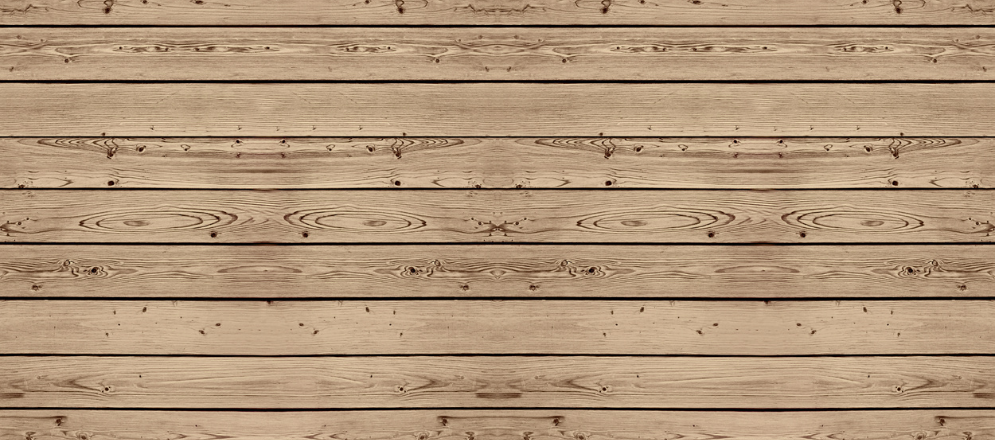
2. Proper technique for seamless repairs
When it comes to repairing wood surfaces, achieving a seamless finish is essential for a professional and visually appealing result. The following techniques are crucial for achieving seamless wood repairs:
a. Smoothing and levelling
Before applying any wood gap filler or putty, it's important to ensure that the damaged area is smooth and level. Start by removing any loose or damaged wood using a chisel or sandpaper. Use a scraper or putty knife to level the surface, ensuring it is flush with the surrounding wood. This step is crucial for creating a seamless repair.
b. Sanding after filling
After applying the appropriate wood paste filler or putty to the repaired area, it's important to sand the surface to achieve a smooth and even finish. Start with coarse-grit sandpaper to remove any excess filler and blend it with the surrounding wood. Gradually progress to finer grits until the surface is smooth to the touch. Be sure to sand in the direction of the wood grain to avoid creating visible scratches.
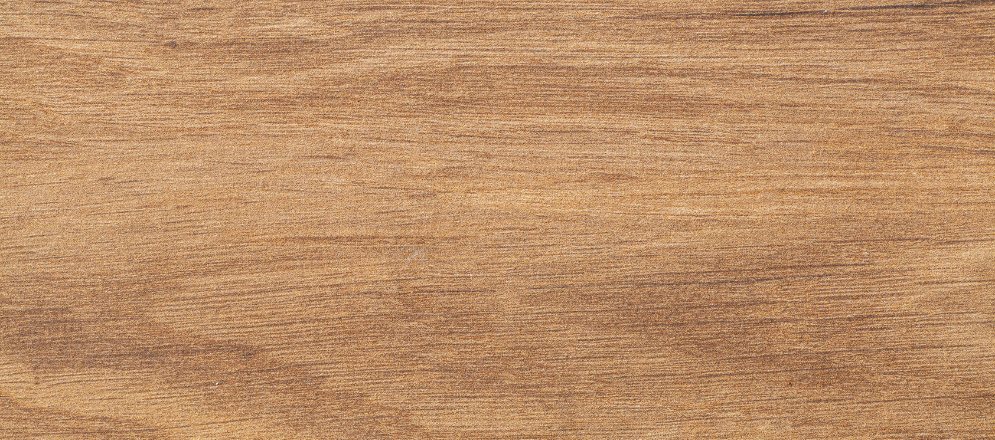
C. Wood Priming
Wood priming is an essential step in preparing wood surfaces for painting or staining. It involves applying a primer, a specialized type of paint, to the wood surface before the final coat of paint or stain is applied. The primer serves as a foundation that enhances the adhesion of the paint or stain and provides various benefits to ensure a durable and long-lasting finish, may it be plywood primer or primer for wood furniture.
1. Importance of Primer
Priming wood surfaces offers several important advantages that contribute to the overall quality and longevity of the final finish. Here are two key reasons why primer is crucial when working with wood -
a. Promoting paint adhesion
Wood, being porous and having varying textures, can make it challenging for paint or stain to adhere properly without a primer. The primer acts as a basecoat that seals the wood, providing a smooth and consistent surface for the paint or stain to grip onto. The wood primer paint promotes better adhesion, reducing the risk of the paint peeling, cracking, or chipping over time.
b. Preventing wood stains from bleed-through
Certain types of wood, such as pine or cedar, contain natural tannins or resins that can bleed through paint or stain, causing discolouration and an uneven finish. Wood primer paint helps prevent these stains from bleeding through by sealing the wood and creating a barrier between the wood surface and the paint or stain.
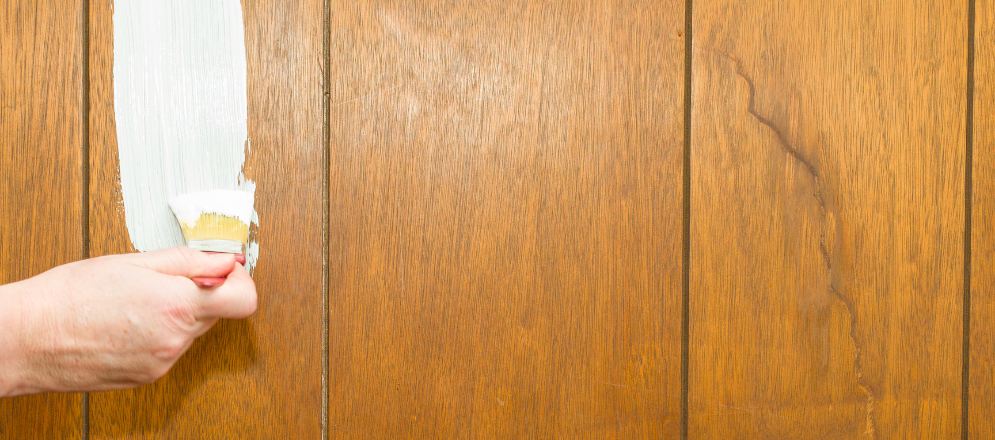
2. Types of Primers for Wood
Now that you are aware of the importance of wood primers, let’s go ahead and understand the types of wood paint and primers and how they affect the final look of your wooden surface -
a. Oil-based Wood Primers
Oil-based wood primers are a popular choice for priming wood surfaces, as they provide excellent adhesion and durability. This kind of wood paint and primer can seal porous wood and create a strong foundation for subsequent layers of paint or stain. They work well on a variety of wood types and offer good stain-blocking properties, preventing tannins and other wood stains from bleeding through. However, they have a longer drying time compared to other types of primers.
a. Shellac-based Wood Primers
Shellac-based primers are made from a natural resin extracted from the lac bug. They are highly effective in blocking wood stains, including water stains, knots, and other discolourations. Shellac-based primers dry quickly and provide excellent adhesion on various wood surfaces. They are often used to seal knots and wood sap, preventing them from bleeding through paint or stain. Shellac primers also have the advantage of being compatible with oil- and water-based topcoats.
To get the best in the market try out Asian Paints Wood Primer which is a specially formulated undercoat for wooden substrates, which assures strong adhesion and enhances the performance of the paint film. You can check the wood primer price on our website or contact your nearest dealer.
Wood Finish Application Techniques
Brushing
Brushing is a common method used in wood finishing to apply paint, stain, varnish, or other protective coatings to wood surfaces. Brushing allows for greater control and precision compared to other application methods, making it a popular choice for both professional woodworkers and DIY enthusiasts.
1. Brush Types
When it comes to brushing in wood finishing, choosing the right brush for wood is crucial for achieving the desired results. Different wood brush types have specific characteristics that affect their performance and application. Understanding the different wood brush types can help you select the most suitable one for your wood-finishing project.
Now let's explore the uses and ways to use three common types of brush for wood finishing:
a. Natural Bristle Brushes
Natural bristle brushes are made from animal hair, which is ideal for applying oil-based products. They create a smooth finish with minimal brush marks, allowing for great control and precision. They are particularly effective in working with solvent-based finishes and are well-suited for varnishes, oil-based paints, and stains.
b. Synthetic Bristle Brushes
Synthetic bristle brushes are made from nylon or polyester filaments, and this brush for wood is ideally can be used for both water-based and oil-based finishes. Synthetic brushes are durable, easy to clean, and maintain their shape during application. They work well with various types of paints and finishes and are suitable for applying clear coats and polyurethane finishes, providing a smooth and even application.

2. Brushing Techniques
There are various types of Brushing Techniques when it comes to wood finishing, so here are a few popular ones -
a. Feathering: Delicate strokes that create a soft, gradual transition between colours or finishes on wood.
b. Cross-Hatching: Alternating strokes in a crisscross pattern, enhancing coverage and minimizing streaks.
c. Dry Brushing: Applying minimal paint for a weathered or distressed look, revealing the wood grain.
d. Stippling: Dabbing the brush to create a textured effect, adding depth to the finish.
e. Tip-To-Tip: Use only the tip of the brush for intricate detailing and fine lines.
f. Dragging: Long, even strokes that follow the wood grain for a seamless and natural appearance.
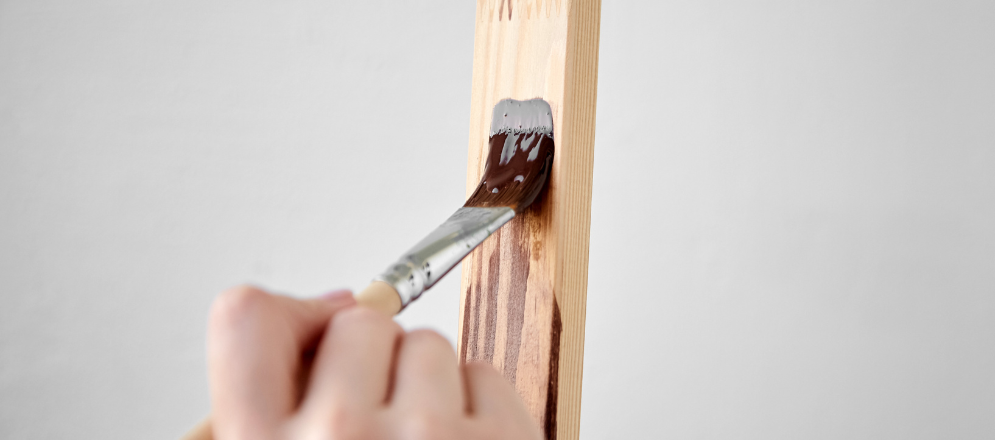
B. Spraying
Spray paint for exterior and interior wood painting is a popular method for achieving a smooth and even finish. It offers several advantages, including faster application, better coverage, and the ability to reach intricate details. When done correctly, wood spraying can result in a professional-looking finish that enhances the natural beauty of the material.
1. Types of Spray Guns
To achieve optimal results when spraying paint on wood, it is essential to choose the right spray gun for the job. Let’s understand these types of woodspray guns that can help you select the most suitable spray gun for your wood finishing project -
a. HVLP Spray Guns
HVLP (High Volume Low Pressure) spray guns are commonly used in wood spraying. They operate at low pressure, producing minimal overspray and a smooth finish. They are efficient, reduce waste, and are suitable for water-based paints, lacquers, and clear coats.
b. Airless Spray Guns
Airless spray guns use high-pressure pumps to spray paint without compressed air. They are powerful, fast, and effective for thicker coatings like latex paints, enamel, and stains. Suitable for both interior and exterior wood finishing projects, airless spray guns are versatile tools for professionals painting contractors.
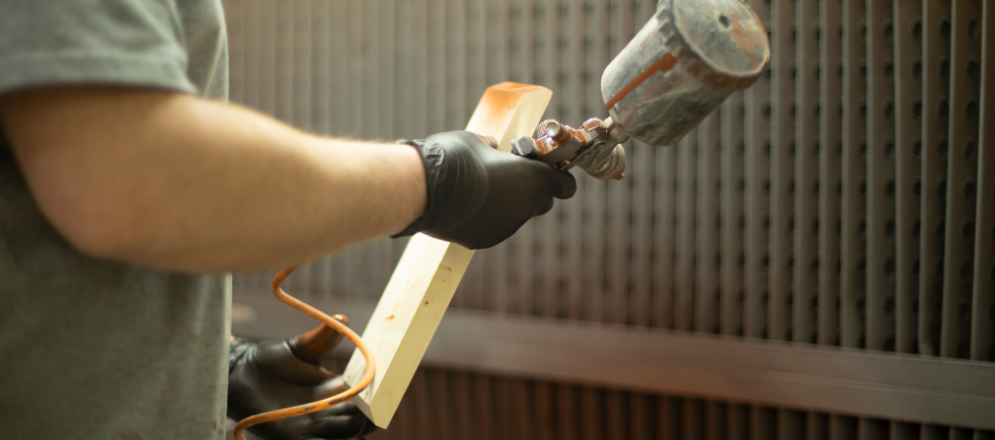
2. Spray Techniques
If you want to achieve a smooth and even coat of paint, there are several spray techniques you can use, whether it's for wood furniture or white spray paint that resembles wood. Here are some techniques you can try to ensure consistent coverage.
a. Direct Application: Utilize a consistent and even spray pattern directly onto painted wood, ensuring thorough coverage with woodspray.
b. Crosshatch Technique: Achieve uniformity by applying spray paint for wood in overlapping horizontal and vertical strokes, minimizing streaks.
c. Back-and-Forth Motion: Employ a smooth back-and-forth motion for an even coat when using spray paint for wood, ensuring comprehensive coverage.
d. Light Dusting: Apply a light mist of sprayable wood paint for a subtle finish, ideal for achieving a delicate and refined look.
e. Angled Spraying: Vary the angle of the spray gun to cover intricate details and corners effectively, maximizing the versatility of spray paint for painted wood.
f. Masking: Use masking techniques to protect specific areas from overspray, providing precision when applying spray paint for wood.
g. Curing Between Coats: Allow adequate drying time between coats of sprayable wood paint to enhance adhesion and durability.
h. Vertical Spraying: Opt for vertical strokes to minimize drips and runs when applying spray paint for painted wood vertically oriented surfaces.
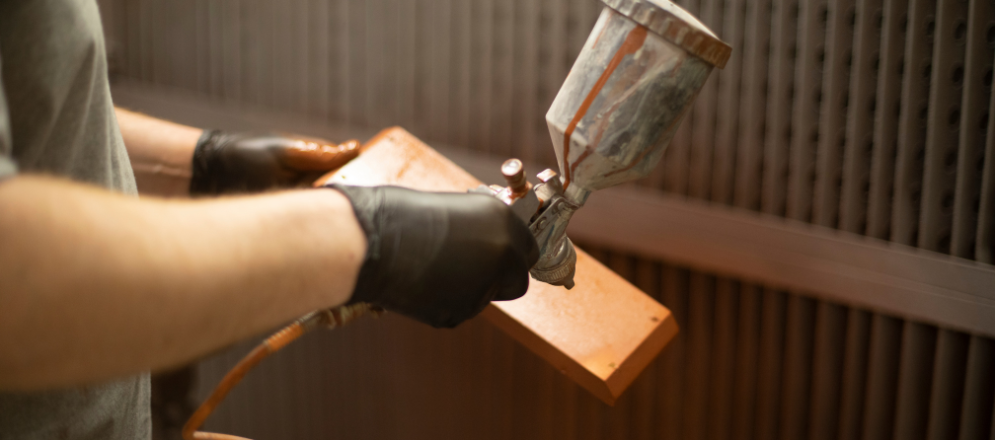
C. Wiping On
When it comes to applying a wood finish, wiping on can be an effective and efficient method. This technique involves using a cloth to apply the finish, allowing for greater control and an even application. However, there are a few key points to consider when utilizing this approach:
1. Cloth Selection
Choosing the right cloth for wiping on wood finishes is crucial to achieving a smooth and even application. Opt for lint-free, absorbent materials such as cotton or microfiber cloths. Ensure that the cloth is clean and free from any debris that could mar the finish.
2. Wiping Stains vs. Brushing Stains
Understanding the distinction between wiping stains and brushing stains is essential for achieving the desired result. Wiping stains are applied with a cloth and offer more control over the intensity of the colour, making them ideal for subtle shading. On the other hand, brushing stains are applied with a brush, providing a more uniform coverage suitable for larger surfaces.
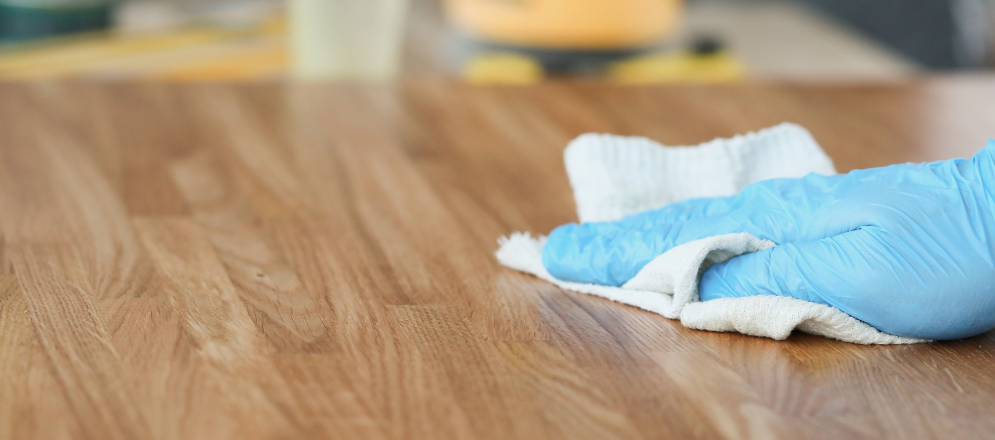
D. Importance of Even Application
Ensuring an even application of wood finishes is key to achieving a professional and polished look. Inconsistencies can detract from the overall appearance and compromise the longevity of the finish.
a. Avoiding Lap Marks
Lap marks occur when a new application overlaps with a partially dried section, creating visible lines or streaks. To prevent lap marks, maintain a wet edge by working in smaller sections and blending each new application seamlessly with the previous one. This technique ensures a uniform appearance across the entire surface.
b. Proper Drying Time
Allowing the finish to dry properly between coats is crucial for achieving an even and durable result. Rushing the drying process can lead to uneven surfaces and compromise the integrity of the finish. Follow the manufacturer's recommendations for drying time, taking into account factors such as humidity and temperature.
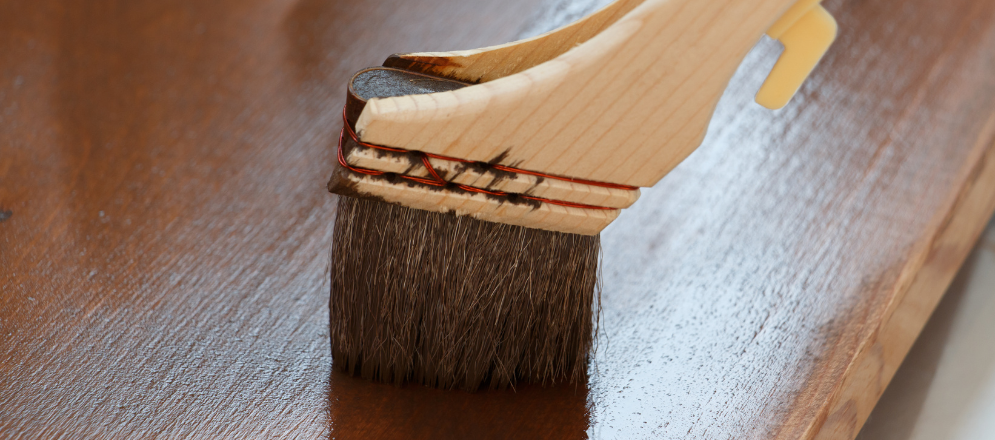
Common Problems & Their Solutions
Wood finishes can encounter a range of issues that can affect the final result and appearance. However, many of these problems have solutions that can help you overcome them. Here are some common problems and their solutions -
1. Bubbles and Blisters
Bubbles and blisters are common issues that can occur when applying a wood finish. They refer to the formation of small pockets of trapped air or moisture within the finish, resulting in an uneven and bumpy surface. Bubbles typically appear as small round pockets, while blisters are larger and more raised. These imperfections can detract from the smooth and flawless appearance of the wood finish.
a. Causes and Prevention
Bubbles on wood and blistering on wood can be caused by improper surface preparation or applying the finish in high humidity or temperature conditions. To prevent this, ensure the wood surface is clean, dry, and free from contaminants before applying the finish.
b. Repairing Bubbles and Blisters
If bubbles or blisters have already formed in the finish, you can repair them using the following steps -
I. Identify the affected areas: Inspect the surface carefully to identify where bubbles or blisters are located.
II. Sand the affected areas: Use fine-grit sandpaper to gently sand down the bubbled or blistered areas until they are smooth and level with the surrounding surface. Be careful not to sand through the finish entirely.
III. Remove dust and debris: Clean the sanded areas with a lint-free cloth or tack cloth to remove any sanding residue.
IV. Reapply the finish: Apply a thin, even coat of the same finish over the repaired areas. Use a brush, cloth, or applicator pad to ensure an even application.
V. Allow drying and curing: Allow the finish to dry and cure according to the manufacturer's instructions, typically for the recommended period.
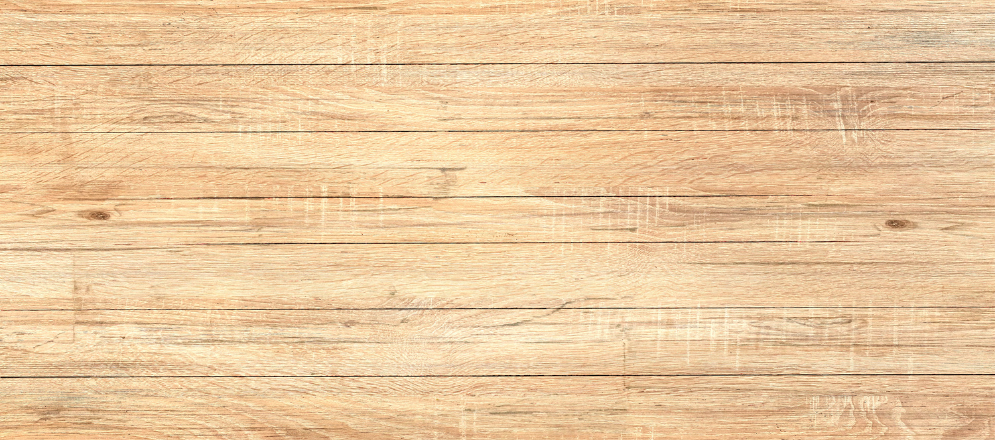
2. Cracking and Peeling
Wood cracking and Wood peeling are common problems that can occur with wood finishes over time. These issues can diminish the appearance of the finish and compromise its protective properties. Let's explore the reasons for cracking and peeling, as well as potential repair solutions -
a. Reasons for Wood cracking and Wood peeling
Cracking and peeling in wood finishes can occur due to several reasons. One common cause is excessive moisture exposure, which causes the wood to expand and contract, leading to stress on the finish and eventual cracking and peeling. Insufficient drying time between coats or before normal use can also result in poor adhesion, causing the finish to crack and peel. Another factor is inadequate surface preparation, where failure to properly clean, sand, and remove contaminants prevents the finish from bonding securely to the wood.
b. Solutions for Repair
Here are ways to fix cracks in wood and repair cracks in wood in simple steps -
I. Assess the Damage: Evaluate the extent of the wood peelings and cracking to determine the best course of action. Determine whether the issue is localized or widespread.
II. Remove the Damaged Finish: Use a scraper, sandpaper, or a chemical stripper to carefully remove the wood peelings and cracked finish. Take care to avoid damaging the underlying wood.
III. Prepare the Surface: Thoroughly clean the wood surface, removing any remaining finish residue, dust, or debris. Sand the surface gently to create a smooth and clean substrate for the new finish.
IV. Choose a Suitable Finish: Select a compatible finish that suits the project and desired outcome. Consider the type of wood, its intended use, and the level of protection required.
V. Apply the New Finish: Follow the manufacturer's instructions for applying the chosen finish. Ensure even coverage and allow sufficient drying time between coats. Apply multiple thin coats rather than one thick coat to promote better adhesion.
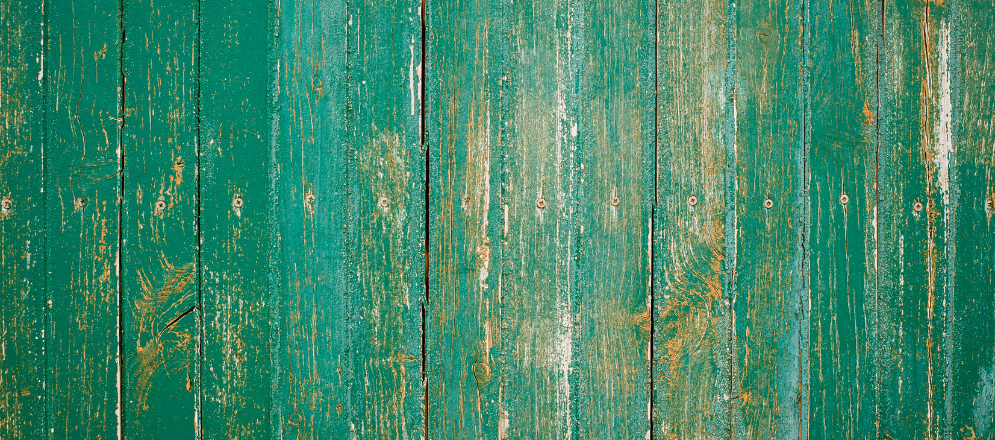
3. Uneven Finish
a. Identifying Causes
An uneven finish can be caused by inadequate surface preparation or uneven application technique. Improper sanding or cleaning can leave behind dust, debris, or residue that interferes with the adhesion of the finish. Inconsistent brush strokes, improper spray technique, or incorrect roller usage can also contribute to an uneven finish.
b. Sanding and Reapplication Techniques
Here are steps to consider while sanding and reapplying the finish on an uneven finish -
I. Assess the Uneven Areas: Examine the surface to identify the specific areas where the finish is uneven. Determine whether it is necessary to address the entire surface or only the affected sections.
II. Sand the Uneven Areas: Use sandpaper with an appropriate grit to gently sand the uneven areas. This will help remove the existing finish and level the surface.
III. Clean and Prep the Surface: Thoroughly clean the sanded areas to remove any dust or debris. Ensure that the surface is dry and free from contaminants before proceeding to reapplication.
IV. Apply a New Coat of Finish: Choose a compatible finish and apply it evenly over the entire surface or specifically to the sanded areas. Apply multiple thin coats, allowing sufficient drying time between each coat.
V. Blend the Edges: When reapplying the finish to specific areas, take care to blend the edges with the surrounding finish to create a seamless transition. Feathering the new finish into the existing finish will help achieve a more uniform appearance.
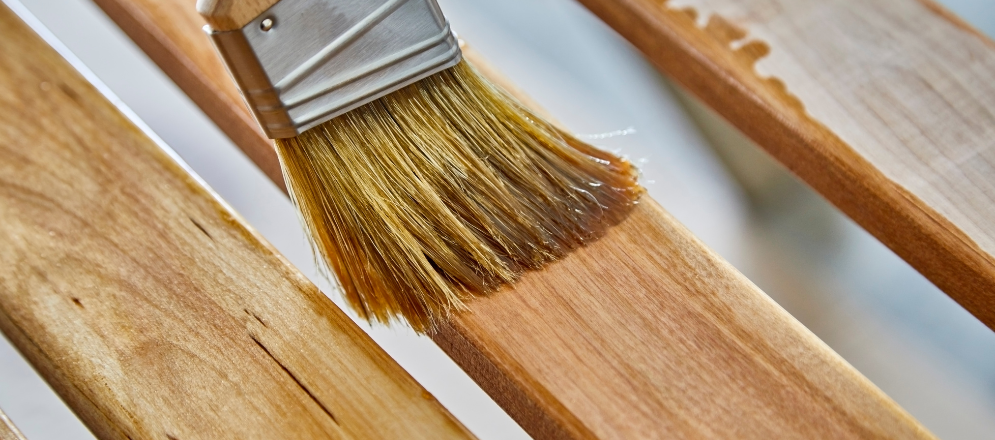
Importance of Wood Finishes
Wood finishes play a vital role in preserving and enhancing the beauty of wood surfaces. Let's explore the importance of wood finishes and the reasons behind their significance.
1. Protection against Moisture
One of the primary reasons for applying wood finishes is to protect against moisture damage. Wood is susceptible to swelling, warping, and rotting when exposed to excessive moisture. Finishes create a barrier that prevents water from penetrating the wood, thus safeguarding it from potential damage.
2. Enhancing Aesthetic Appeal
Wood finishes are instrumental in enhancing the natural beauty of wood surfaces. Finishes bring out the depth, richness, and grain patterns, giving them a more vibrant and polished appearance. Different types of finishes, such as stains, varnishes, or oils, can be used to highlight the unique characteristics of different wood species.
3. Increasing Durability
Wood finishes significantly contribute to the durability of wood surfaces. They act as a protective layer, shielding the wood from scratches, abrasions, and wear caused by regular use. By adding a durable and long-lasting coating, wood finishes help extend the life of furniture, flooring, and other wooden objects.
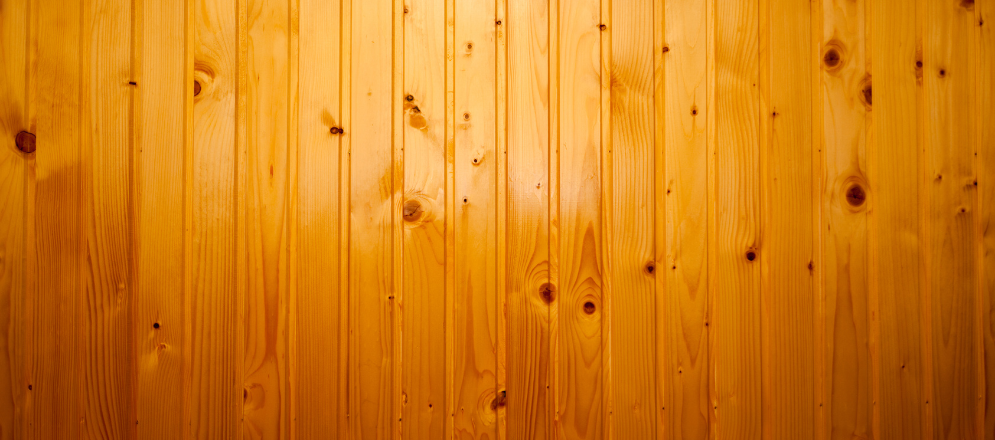
How can Asian Paints help you with Wood Finishes & Wood Painting?
Asian Paints offers a range of wood finishes and services to assist with wood finishes and wood painting. With our Safe Painting Service, we provide consultation on products, end-to-end safe and hygienic wood painting services, and trained contractors. Additionally, our specialized wood finish products are designed to enhance both the interior and exterior wooden elements of your home. So trust Asian Paint's expertise and bring innovation to every facet of your wood finishing journey.




